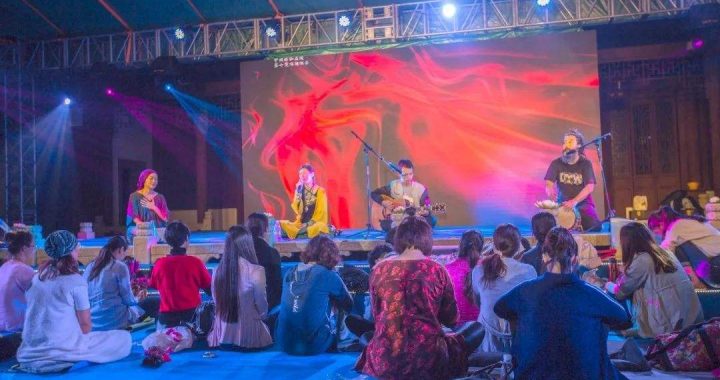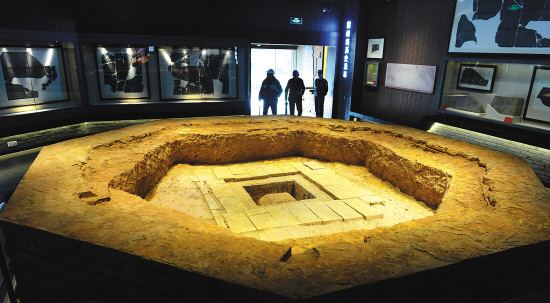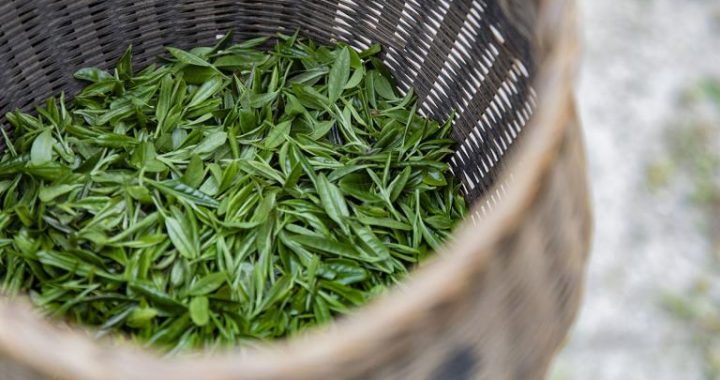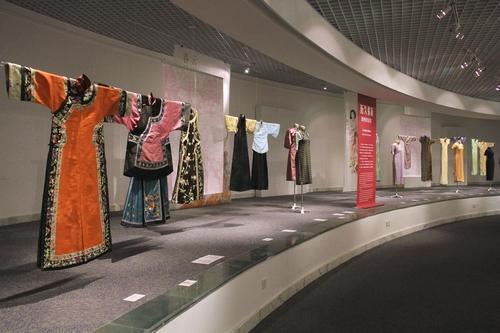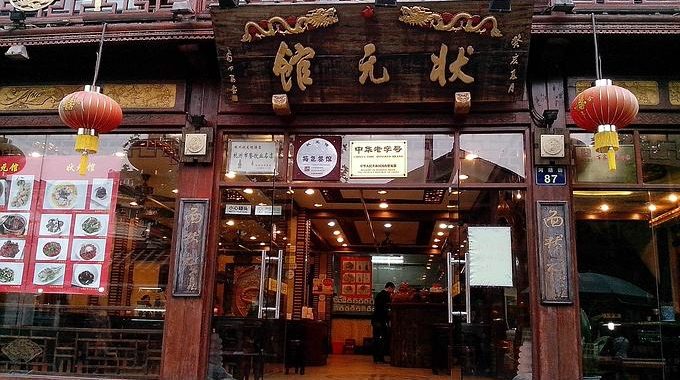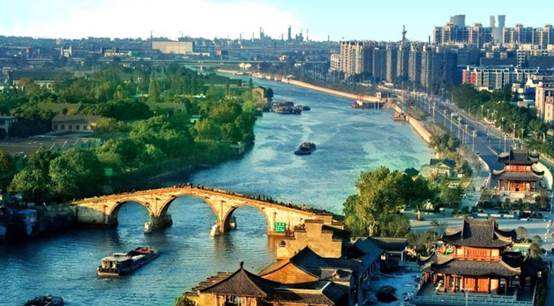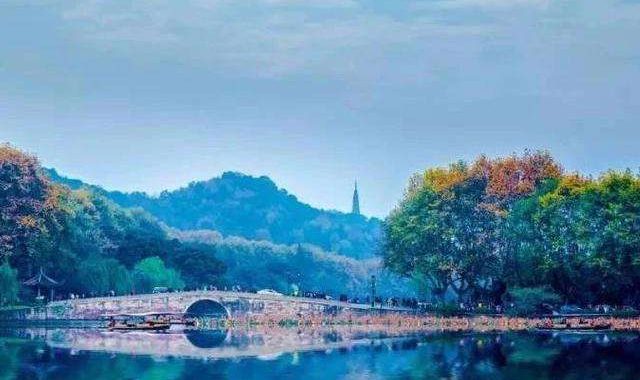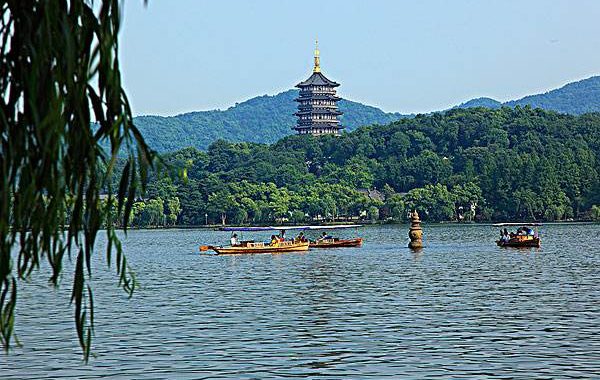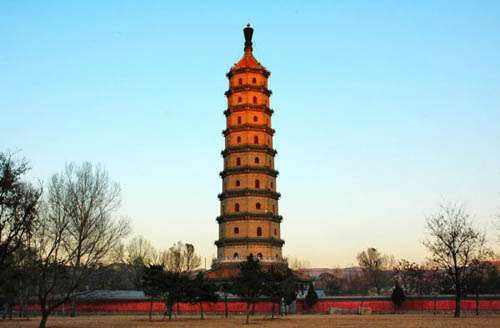Nanhu Lake
5 min readIt is here, in the Xixi wetlands, that the avian diversity of Hangzhou can truly be seen-from the strange songs of passing flocks of laughing thrush to the bright colors of the red flycatchers and yellow-bellied tits-even the most picky nature lover can find something special in the skies and branches of Hangzhou.
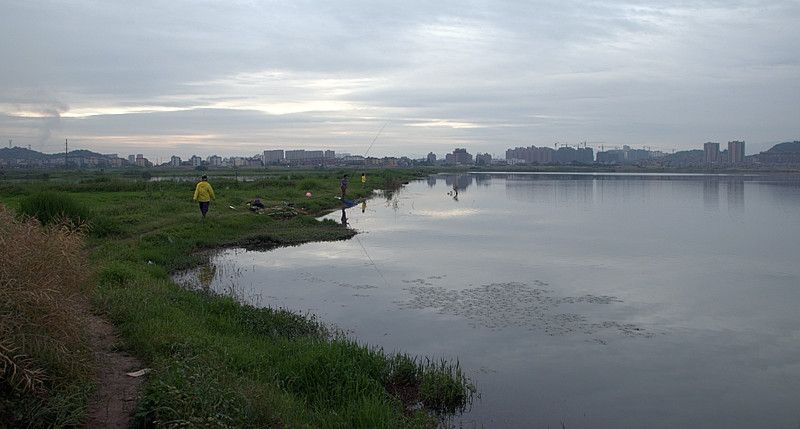
A Walk with the
Divine Farmer s
No one is absolutely sure about when the Chinese began to fall in love with tea.Most will tell you that a legendary sage some 4,500 years ago named Shennong,or Divine Farmer,discovered this magical beverage.It’s said that he would march through the thick forests,studying every strange plant to come his way.By tasting them,he was able toidentify their medicinal properties,but not before he was poisoned a few times.Thus began humanity’s long,long history of drinking tea.
In the exploratory spirit of the Divine Farmer,there’s no place more fitting for a hike through tea culture than Hangzhou’s refreshing tea gardens.You can get to know the people whose livelihoods depend on these little leaves,as well as experience the crisp air,lush mountains,varied flora,crystal clear springs,and tranquil villages.
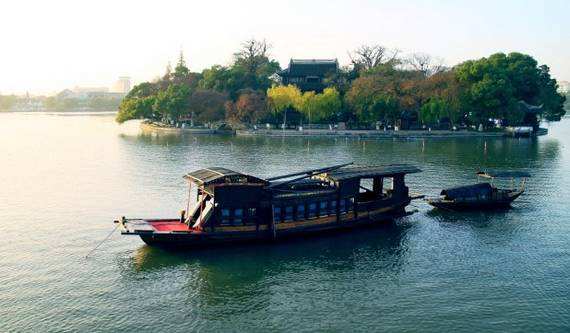
Every spring,in late March,the lush tea gardens across the slopes in the West Lake region come alive.If you happen to visit during this time,you will find,under the straw hats that dot the green bushes,farmers working as quickly as possible to pick the tender tea leaves.They have a narrow time slot(two weeks or so)to yield the most precious green tea there is,called pre-Qingming Longjing.Once the Qingming Festival(the 15th day after spring equinox)is past,the tea loses its premium status.
Named after a sweet local well called“Longjing”,or“Dragon Well”,(which you will also see along the trail),Long jing tea plants are what you will mainly encounterstrolling among the tea gardens spreading on the hills near West Lake.Like a bottle of authentic champagne that can only be produced from the grapes in the Champagne region of France,only tea from the West Lake region,a little over 168 square kilometers,can be named“West Lake Longjing”.This tea is ranked first on China’s finest tea selections.A limited number of plantations combine with the traditional harvesting method-the fruit of a skilled tea picker’s entire day only yields half a kilogram of ready tea after processing-made this bittersweet,fragrant tea a highly sought-after,though pricy,delight.
Workers pick,sort and roast tea at Longjing Village To start your journey,the China National Tea Museum,Shuangfeng Branch at Longjing Road serves as a nice first stop to gather all your tea facts.It doesn’t just end at exhibition halls;the museum is actually in Shuangfeng Village,one of the ma jor tea producing villages,so the building is surrounded in sublime tea fields.
A number of tempting tea houses can be found in the museum,but you can also head southwest into the village to try a pot.With white walls and black rooftops,the village is somewhat of a throwback to South China’s water towns.Nearly all the families are somehow involved in tea business,and visitors will be able to see tea-makers working in their front yards with frying pans full of tea leaves-an important step in production you’ll already know about from having visited the museum.One fun option for the more dedicated tea lovers might be to pick one of these houses for a weekend afternoon.
Hangzhou locals love to take a whole day to relax here,immersed in the tea field surrounding village while tasting fresh tea.
Head west on Longjing Road and you will pass the Eight Scenes of Longjing that are scattered in the valley,pavilion,temple,pond,spring-each handpicked and named by Emperor Qianlong during his four visits to the Longjing area.One of the spots,Fenghuang Ridge,is covered with bamboo.It’s also the steepest climb along the route.You also don’t want to miss Fangyuan Temple,which has a dome and square base signifying a round sky and the square earth,a mirror for how the ancient Chinese understood the heavens.Today,it’s a popular tea house for weary visitors.
Your next stop should be Longjing Temple for the surrounding lush tea fields and cool breeze far from the noise and commerce of the city.Most importantly,it’s where the Longjing tea legend began,for the Dragon Well dwells inside.In the Northern Song Dynasty,the temple resembled a high society salon where the most talented literati of the day and highest ranking officials(often they were both)gathered to taste tea and chat.The reverent monk Biancai(辩才)served as their gracious host,offering witty conversation and the fragrant beverages he cultivated himself.On a giant rock in the temple,you will find a fitting phrase for your tour,“龙井问茶”,“investigating the secrets of tea through Longjing”.This tour is also regarded as one of the New Top Ten Scenes of West Lake.
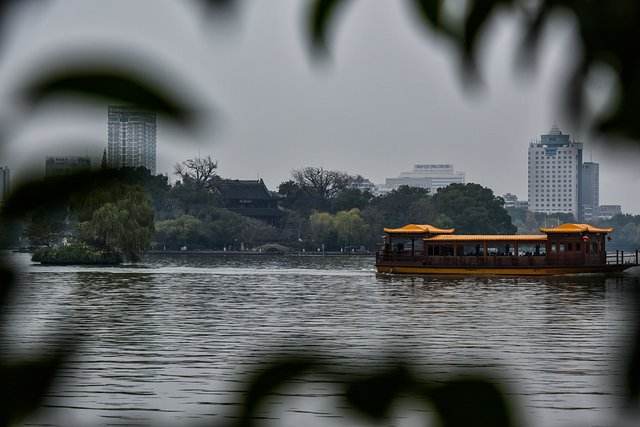
Past the Longjing Temple is Longjing Village,a great place for another pit stop to fill up your tea meter in the convenient tea house at the mountain foot of Shifeng Hill .Following along to the tea market,this is where you’ll want to get out your wallet for tea that can’t be found anywhere else.Longjing Village is one of the only places on Earth where you’ll have the opportunity to drink authentic Shifeng Longjing at a fair price.Once they’re packaged and wrapped to be sold in downtown’s tea shops,the price could quadruple.This is one of the few places where you can watch tea made with staggering patience while you drink-turning,pressing,and spreading for hours.
From here,you can either end the journey by walking down the Nine Brooks and 18 Streams all the way to the main road along the Qiantang River;or,enthusiastic explorer that you are,you could choose to continue the journey to climb Shifeng Hill to find the Hugong Temple .A shrine for a beloved local official in Song Dynasty,the temple’s front yard is what really attracts visitors-a small encircled tea garden of 18 stalks.But they were once directly owned by Emperor Qianlong,who picked their leaves and broughtthem back for his mother.Legend or history,no one can say for sure,but the story does help to promote the tea;in an auction back in 2005,100 grams of tea from this royal tea garden were sold for 145,000 RMB.
Next,if you still have energy left,follow the trail dubbed by locals“Shili-Langdang Ridge” and head to your final destination,Meijiawu Village,the biggest natural village where the West Lake Long jing tea is produced.This peaceful village nestled in the green mountains is the perfect place to rest your feet in the many tea houses.
With a history of 600 years,the village also has quite a few tales to tell.
Following the footsteps of the Divine Farmer through the unknown to discover the secrets of Longjing-it might not be the most grueling hike,but it’s the best one in China for anyone who likes to put their hiking boots to paths that take them through history and modern cultivation culture.
